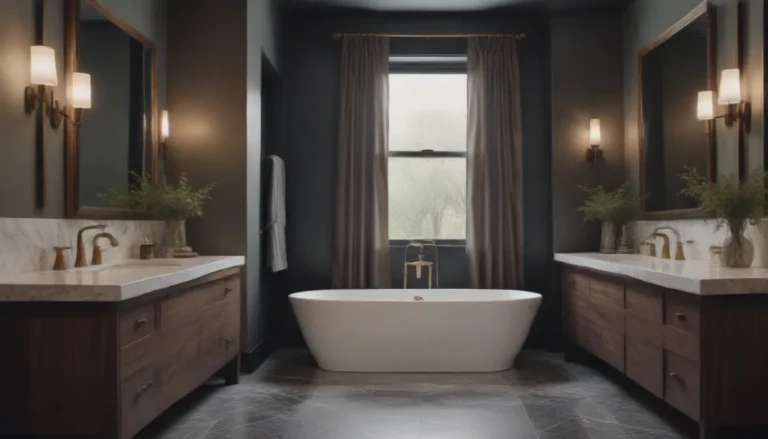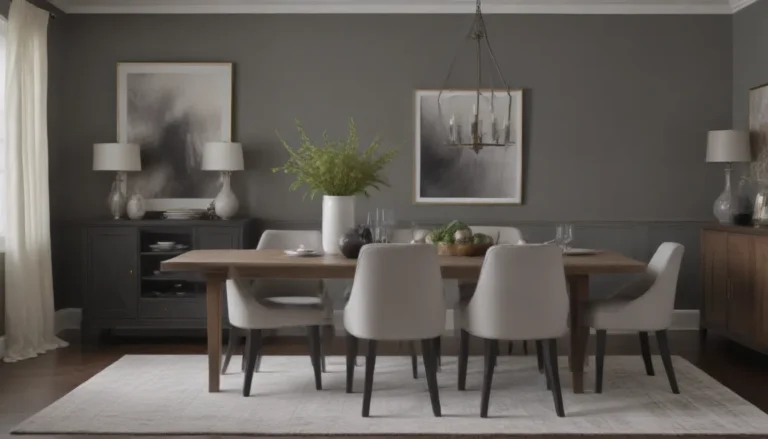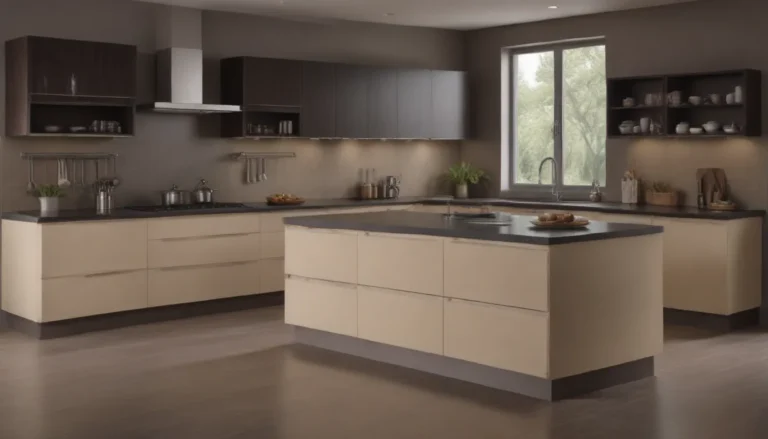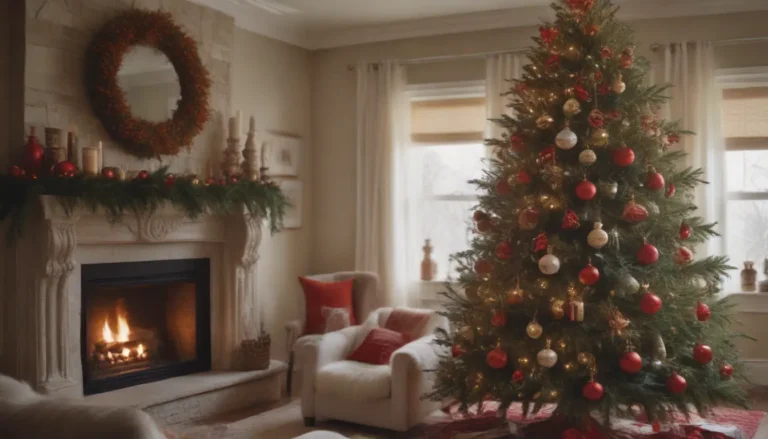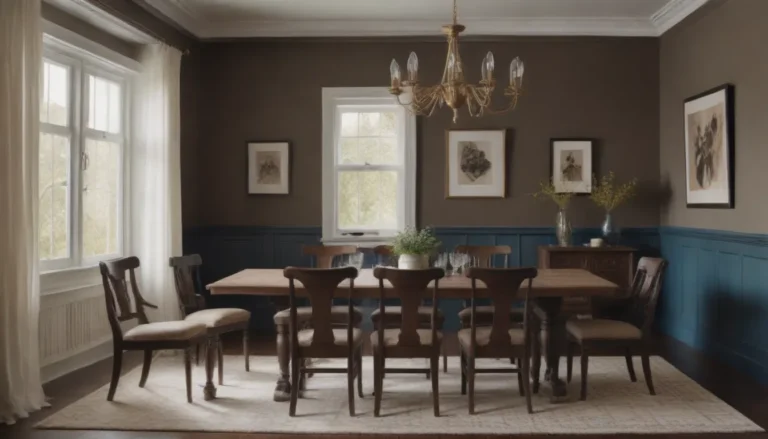The Beauty of Greige: A Guide to Using This Versatile Neutral Color

Beige has long been a popular choice for interior design due to its relaxing and uncomplicated nature. However, selecting the perfect shade of beige can be a daunting task, especially when considering undertones. This is where greige comes in. Greige, a blend of gray and beige, offers the best of both worlds – the warmth of beige and the sophistication of gray. This versatile neutral color can be both warm and cool, making it a popular choice for any space in the home.
Understanding Gray: A Tricky Neutral Color
Gray, like beige, is a neutral color that comes with its own set of challenges. While gray can be stylish and elegant, it can also come across as cold or tepid. The undertones in gray can vary, from blue to green, making it difficult to match with other colors in a scheme. However, when the right shade of gray is chosen, the results can be stunning and sophisticated. Lighter shades of gray can also add luminosity to a space.
Greige: A Perfect Harmony of Beige and Gray
Greige, a combination of beige and gray, offers a solution to the challenges posed by both colors. By blending beige’s warmth with gray’s sophistication, greige creates a neutral color that is both versatile and timeless. With the right balance of beige and gray, greige can be tailored to fit any color scheme, making it a popular choice for homeowners and designers alike.
What is Greige?
Greige is simply beige with a hint of gray. This combination results in a richer color that can work in both warm and cool color schemes. While greige may appear more gray than beige, it still retains beige’s warm undertones. The ratio of beige to gray in greige determines whether it leans towards a cool or warm neutral. A greige with more gray is considered cool, while one with more beige is warm.
How to Incorporate Greige Into Your Home
Greige’s versatility makes it suitable for almost any room in the house. Whether on walls, furniture, or decor, greige can add a touch of sophistication and warmth to your space.
Kitchen:
- Greige kitchen cabinetry offers an alternative to stark white, creating a warm and inviting atmosphere.
- Pair greige with sage green or blue accents for a cohesive look.
Bedroom:
- Create a serene and monochromatic bedroom by layering different shades of greige for a calming retreat.
Bathroom:
- Use greige as a neutral in the bathroom to add warmth and depth to the space, especially in low-light areas.
- Pair greige with white subway tiles for a striking contrast.
Dining Room:
- Design a sophisticated dining room by painting greige between a white chair rail and molding, allowing the furniture to stand out.
Living Room:
- Create a cozy living room with layers of greige throw blankets and accent pillows on a greige sofa for a comfortable and inviting space.
Common Mistakes When Using Greige
While greige is a versatile color, there are some common pitfalls to avoid when incorporating it into your home.
Choosing the Wrong Tone:
- Selecting a greige that is too warm or cool for the space can throw off the overall aesthetic.
- Warmer greiges are ideal for low-light rooms, while cooler greiges work well in bright and airy spaces.
Forgetting to Layer Greige:
- Layering different tones and textures of greige adds depth and sophistication to a room.
- Mix in a variety of greige accents, such as pillows, throws, and furniture pieces.
Accent Colors:
- While greige is versatile on its own, don’t be afraid to incorporate accent colors like deep blue, sage, or cobalt to add interest to the space.
- Greige pairs well with a range of accent colors, allowing for versatility in design.
Avoiding Contrast:
- Mixing greige with other neutrals like white or silver can create a flat and uninspired look.
- Experiment with contrasting colors and textures to create a dynamic and visually appealing space.
When Greige Outshines Beige and Gray
Greige’s versatility makes it a superior choice to traditional beige and gray in many design scenarios. Its ability to blend warm and cool tones seamlessly eliminates the challenge of undertones, making it easier to create cohesive color schemes. Additionally, greige offers the elegance of gray with the warmth of beige, striking the perfect balance between the two.
Top Greige Paints to Consider
When choosing a greige paint for your space, consider the level of warmth or coolness that will best complement your design scheme. Here are three top greige paint colors to consider:
- Sherwin-Williams Agreeable Gray: A versatile and easygoing greige that works well with a variety of colors.
- Benjamin Moore Revere Pewter: A greige from the Historic Collection that balances cool and warm tones effortlessly.
- Behr Granite Boulder: A warmer greige with subtle green undertones that adds drama and depth to a space.
In conclusion, greige is a timeless and inviting neutral color that offers the best of both beige and gray. Its versatility allows for endless design possibilities, making it a popular choice for homeowners and designers alike. Whether used on walls, furniture, or accents, greige adds warmth, sophistication, and depth to any space. So, consider incorporating greige into your home to create a cohesive and stylish environment that will stand the test of time.
